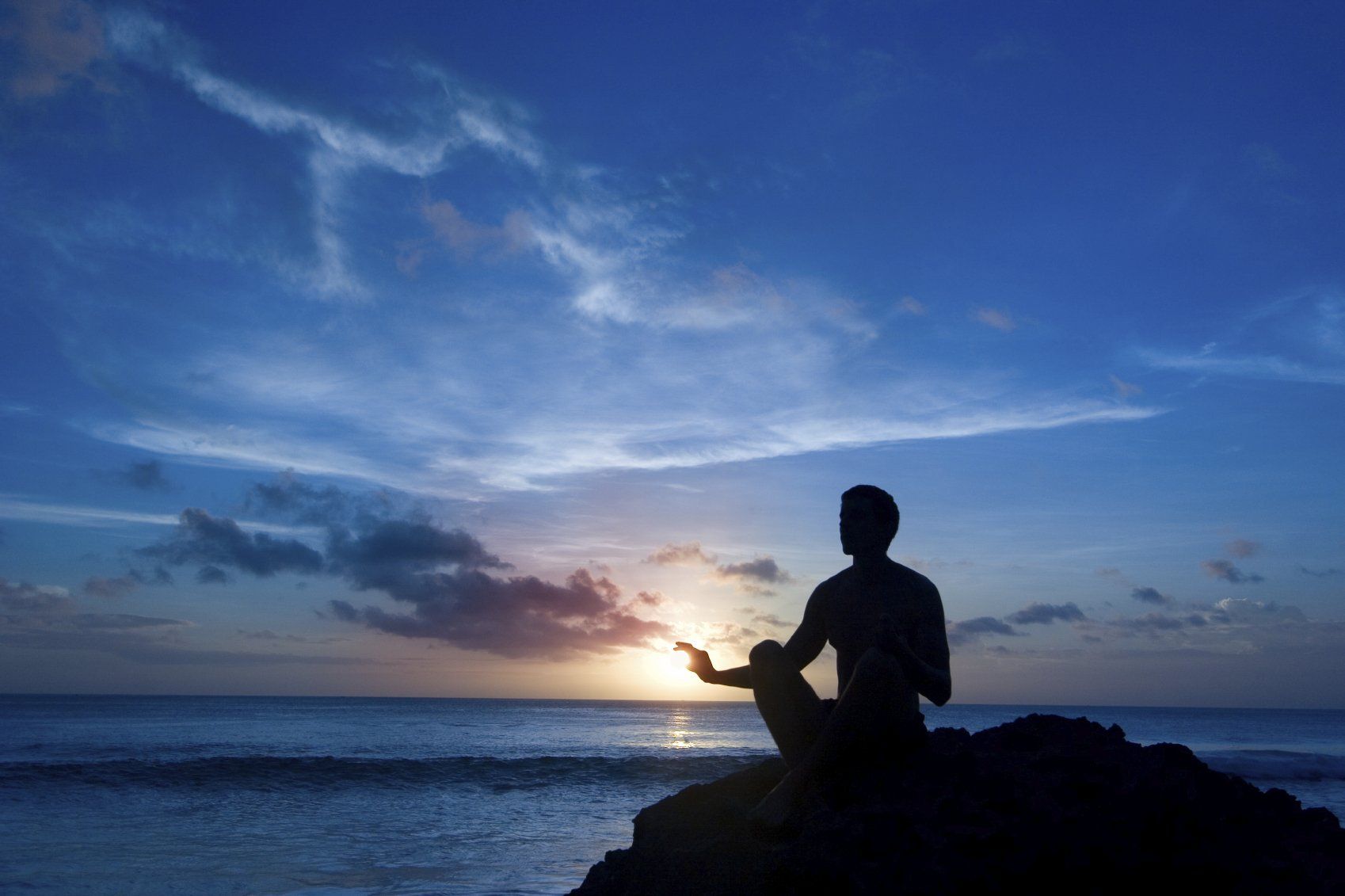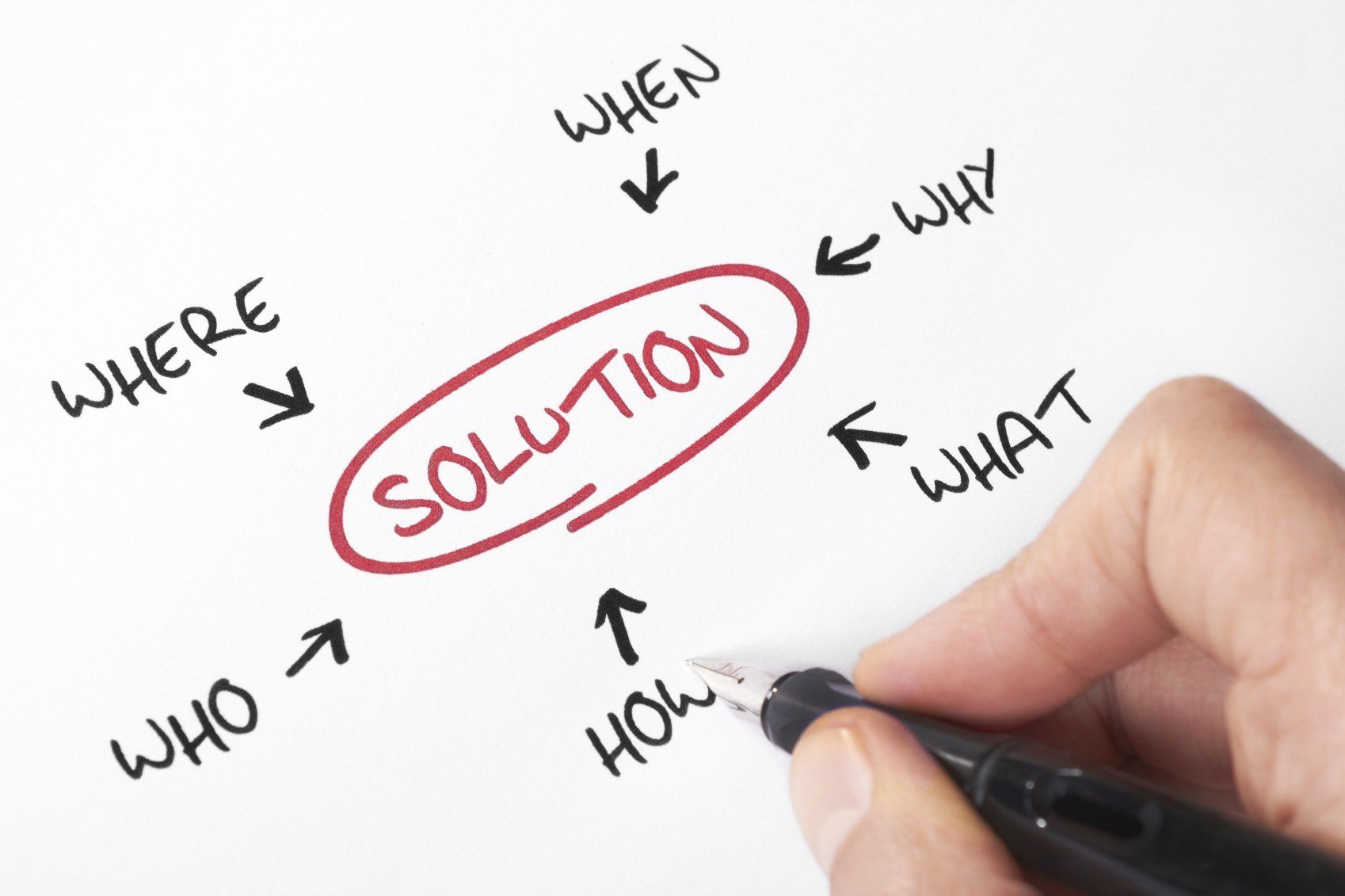The bandhas - The energetic locks within
What are the bandhas?


Mula bandha
By contracting the IAS or the internal anal sphincter, we will activate the “Mula Bandha” which is the pelvic lock.
Men can find the Mula bandha when contracting the area between the testes and the Anus, whereas women will activate it by contracting the muscles behind the Cervix, at the bottom of the Pelvis floor.
As a start and while practicing the activation of the Mula bandha, one might contract the “External Anal Sphincter” as well, but with time, knowledge, and practice, one will learn how to target the exact location of the “Root”.
Activating the Mula bandha pushes the energy stuck in the Muladhara chakra or the “Root” chakra towards Swadisthana or the “Sacral” chakra and Manipura or the “Solar Plexus” and helps in awakening self-awareness and consciousness, with it, it strengthens our pelvic floor and reproductive organs, provides balanced foundations to other yoga practices, assists with balance, helps in relieving menstrual cramps and pain in women, lowers blood pressure levels, aids digestion and helps by providing relief from gas and constipation.
The following study suggests that when Mula bandha was practiced for 3 months, it helped reduce the severity of the symptoms of symptomatic mild pelvic organ prolapse in patients and helped improve the quality of life.
Uddiyana bandha
The activation of the Uddiyana bandha involves the sphincter of Oddi - a muscular valve in our digestive tract that helps move bile from the pancreas to the small intestine- and pushes the energy from Manipura or the “Solar plexus” upwards towards Anahata or the “Heart chakra” and then to the Vishuddi or “Throat chakra”. It supports the abdomen, wrist, and lower back and protects the spine during Yoga or Asanas. It tones and massages the abdominal organs and the deep internal muscles of the lower back.
On the other hand, activating the Uddiyana Bandha stimulates the Vagus nerve by putting a tiny pressure on it which strengthens and tones the parasympathetic response and creates a calming and balancing effect on the nervous system.
Jalandhara bandha
The Jalandhara bandha pushes the pranic energy stuck in the Vishuddi or the “Throat chakra” towards the Ajna or the so-called “3rd eye chakra” and Sahasrara or “Crown chakra”.
The origins of the word “Jalandhara” come from “Jal” which is the throat, “Jalan” which means a net, and “Dharan” which holds the meaning of Flow or stream; which is why Jalandhara is interpreted as “The fact of locking the flow or stream of energy through the vessels and nerves of the throat area- the neck area.
Compressing the main arteries of the neck as well as the Sinus, adds pressure on the throat which stimulates thyroids and para-thyroids glands, and massages the carotid sinus on both sides of the neck as well as balances the metabolism.
It gives a signal to our body to keep our heart rate down and calms the cardiovascular system and the hyperarousal of the brain.
Activating the Jalandhara Bandha improves the ability to seal or retain breath for a longer period and as a result, it improves the concentration ability.
This kind of practice awakens the inner energy centers Improves the ability to retain breath for a long period and develops the ability to concentrate.
Maha bandha
The Maha bandha, or “The great lock” consists of involving the three bandhas together. When both the Mula Bandha and the Jalandhara bandha are engaged together, the upward flowing energy and the downward flowing energy will meet at the navel also called “umbilicus”, and when the Uddiyana bandha is activated, the energies increase to awaken the Prana for a variety of purposes.
Practicing this kind of breath work might not be easy as a start but it’s not impossible. All it needs is time dedication and practice or hiring a breath-work facilitator which will make the process a bit easier allowing you to see faster results.

Want some inbox love?
Join my mailing list!




















